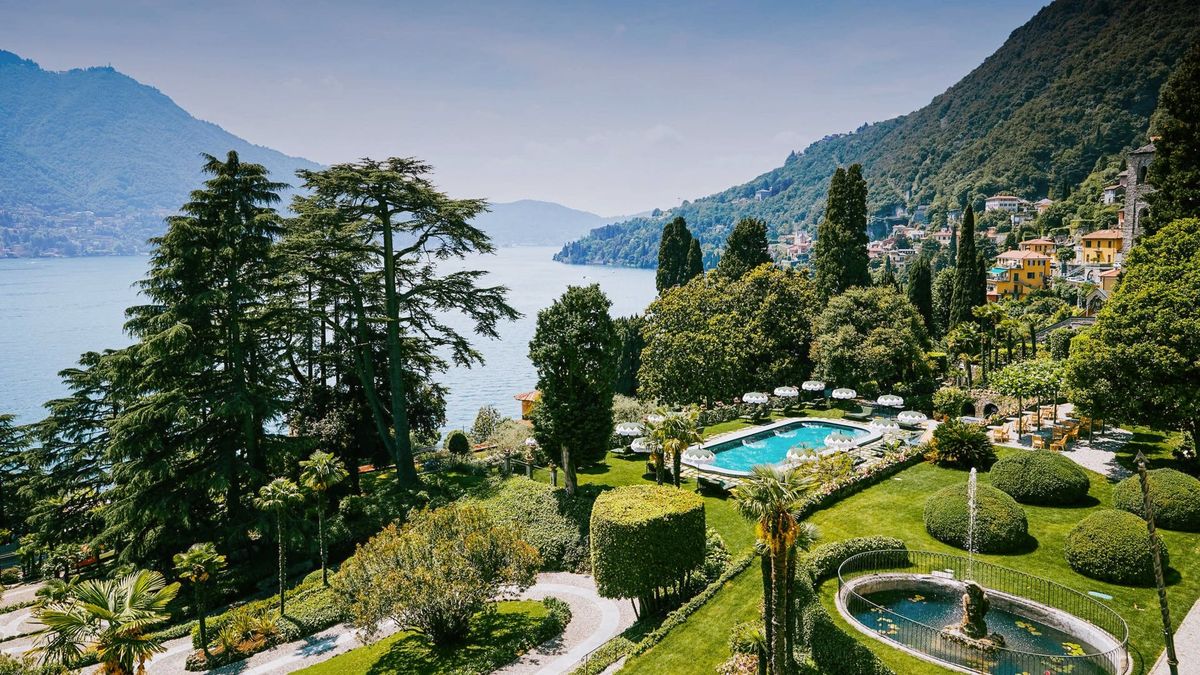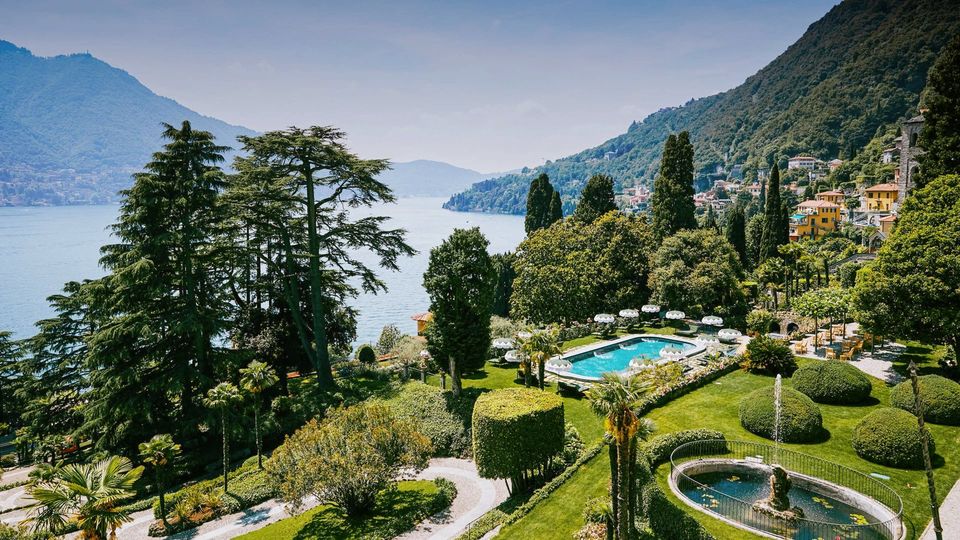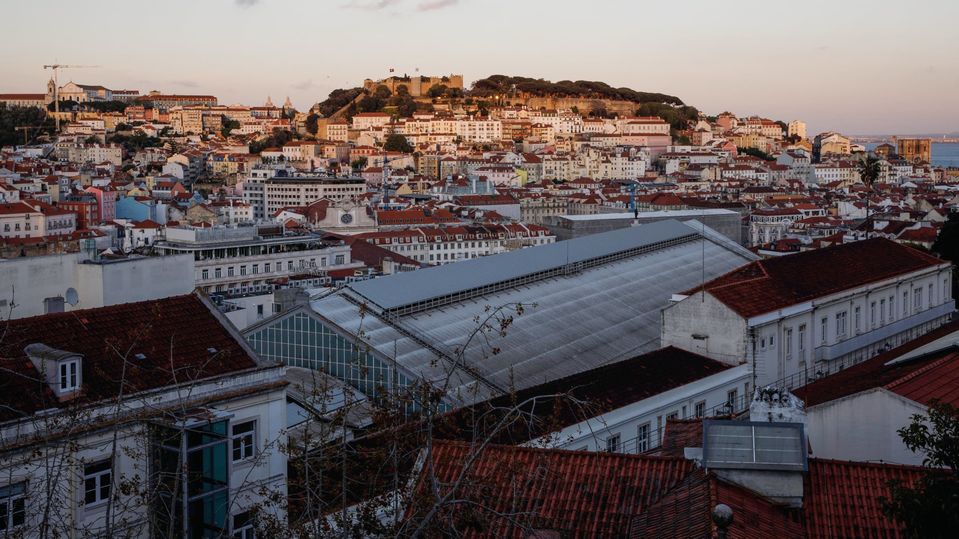Where European travel experts recommend visiting before Christmas
Make the most of the ‘shoulder season’ between the northern summer and winter peaks.

The nightmare of this summer’s European travel season has been well-documented: epic airline failures, chaotic crowds, skyrocketing hotel rates, and Armageddon-style heat waves all made it a summer to remember, if (hopefully) not to repeat. And for many, it was all reason enough to postpone that long-awaited getaway altogether.
“The sticker shock of this season was very real, even for travellers who had the means to afford it,” says David Prior, founder of the membership travel club Prior.
Inflation made already record rates climb even higher — to as much as 50% more than in 2019 — and not even the late-summer dollar-to-euro parity could make up for it. “People were aghast,” Prior adds with a laugh.
While cost alone may have had many travellers wincing, the unprecedented weather had others rescheduling or heading elsewhere. “Places like the Balearics or Greece were just too hot for some people,” Prior says. “We started to see people shift away from those peak summer climes” — and from summer entirely.
Of course, savvy travellers (and those without kids and school schedules) have been quietly reaping the myriad benefits of shoulder season for ages, revelling in less crowded and more affordable trips to such summer favourites as Italy’s Amalfi Coast and the Greek isles.
But as the high season overflows into fall, this year will be a little different.
“There used to be a bigger drop from August to September,” says Charles Neville of the New York-based tour operator JayWay Travel. “But now it’s about moving that time frame into October and even November.”
Still, Neville says, deals are out there if you know where to find them. “It’s all about hitting that sweet spot of great weather and affordability — while everything is still open.”
Here we highlight the six best shoulder-season spots in Europe that travel pros are banking on this year.
Santorini, Greece
The further south you go, the longer summer lasts, says Brie Shelly of the luxury travel agency Embark Beyond.
In destinations like Spain’s Balearic Islands and Greece, you can bask in warm, dry weather well into October.
Santorini has the region’s longest season, remaining open as late as November, making it possible to score better deals the longer you wait.
Hotel costs make dramatic dips, in the shoulder seasons: at Katikies Santorini, one of the island’s classic caldera hotels in the village of Oia, nightly rates drop from more than €1,000 in late August to around €600 in mid-October, according to the resort’s booking site.
Of course, says Shelly, the trade-off might mean a quieter experience — even with the increase in fall traffic.
“If you’re going for a scene, you might be disappointed,” she says of the island’s famous nightclubs. Still, many of the tavernas and sidewalk restaurants stay open until the last hotel closes. “If you are going for amazing sunsets and great food and accommodations, it’s really an incredible time,” Shelly says.
Lake Como, Italy
Unlike Americans and other overseas tourists who tend to overwhelm the Italian lakes in the summer, Europeans have traditionally headed to the northern region come fall. It’s for good reason, says Valentina de Santis, owner of Grand Hotel Tremezzo and the historic villa-turned-hotel Passalacqua, both on Lake Como’s shores.
“October is by far one of my favourite months to be on the lake,” she says. “Everything slows down, and we start to get amazing foliage, but it’s still warm enough to go out on the boat all day.”
The culinary landscape of the region changes during the fall as well, thanks to the abundance of truffles, porcini, and pumpkin that are in season this time of year. “This is really what our authentic cuisine is all about,” de Santi adds. “People who only come here in the summer never get to taste it.”
And because Lake Como has a solid local population, she says, its villages remain lively well into the offseason.
“In towns like Como, Cernobbio, and Moltrasio, the restaurants and shops are full of people this time of year. They come to life in a completely different way after summer ends.”
Although Passalacqua’s summer rates are holding steady into the early fall, the 25-room hotel (one of a few in the region to stay open year-round) drops its average nightly rates by about 40% beginning in mid-October, with the lowest in early November around €1,300.
Nearby, Mandarin Oriental, Lago di Como follows a similar trajectory, with summer rates continuing well into September before a significant dip at the end of October, when a Superior Room goes for €850.
Prague
Prior says many of his clients are eager to return to their favourite European capitals this year, but classic destinations such as Milan and Paris are showing no signs of lowering their rates come fall.
In fact, many will only get more expensive once the autumnal weather moves in, according to Luca Finardi, Mandarin Oriental’s Italy area manager and general manager of the brand’s Milan hotel.
“May, June, September, and October have become our high season for leisure travellers,” as extreme midsummer temps increasingly ward off people during July and August, Finardi says.
For a mix of culture, cuisine, and luxury, JayWay’s Neville suggests looking farther east to central Europe’s capitals, where excellent travel experiences can be had year-round.
“Prague, Vienna, Budapest — all of these cities are just as cosmopolitan, but they haven’t been high on the list for Americans this year,” he says, adding that the Ukraine invasion may be at the root of many travellers’ trepidation, though these destinations lie hundreds of miles from the unrest.
As a result, Neville is seeing “crazy good” rates for five-star hotels. Nightly rates at the Four Seasons Hotel Prague start at €540 — roughly half the cost for the same dates at the Four Seasons Hotel Madrid, and one-fifth the cost of a room at the Four Seasons Hotel George V, Paris.
Puglia & Sicily
No matter the season, Neville steers his clients away from the Amalfi Coast in favour of what he calls “more authentic” destinations. “Italians don’t go to the Amalfi Coast, and why would they?” he asks. “Puglia and Sicily have better food and better beaches — and none of Amalfi’s tourist zoo.”
The Mediterranean climate in both Puglia, the “heel” of Italy’s boot, and the island of Sicily across its “toe” means warm temperatures usually stretch into October, when the average midday high still reaches the 70s.
But unlike in the Amalfi Coast, demand in both destinations declines, especially in October when rates at luxury resorts such as Borgo Egnazia can dip to around €700 — roughly one-third the high-season rate.
Still, Puglia’s more populous cities, including Bari and Caruso, remain buzzing with activity no matter the season.
And even historic villages like Monopoli can be great for fall visits, Neville says. “Most restaurants and other businesses stay open at least until January,” he adds. “That includes the best gelateria in the world, Monopoli’s Caruso.”
Portugal
Shelly, of advisory Embark Beyond, regularly flags Portugal for her Europe-seeking clients looking for the classic combination of beaches, food, and wine — without the French and Italian markups.
“Portugal is always a more affordable alternative virtually any time of year,” she says. “In the fall it is especially nice because it’s warm enough to do the beach, but you also get the added bonus of harvest season in the wine country.”
Shelly recommends a trip that encompasses Lisbon, the Duoro Valley, and the Azores, a popular adventure-travel destination in the North Atlantic, two hours away from Lisbon by plane.
Although mid-September is your best bet if you want to catch wine harvest season (last year it ran from mid-August through late-October), October is still warm enough for al fresco lunches and afternoons on the beach.
The best deals come later in the season: hotel rates are generally a steal compared with those in more popular European destinations.
At White Exclusive Suites, a five-star resort in the Azores, early-September rates start at €630 per night and drop to around €300 come mid-October.
Still, Shelly warns, demand is catching up. “I’m seeing hotels all over Portugal on the verge of being sold out already,” she says. “Fall travel is very much happening, so my advice would be to book now before more people catch on.”
This article is published under license from Bloomberg Mediamberg: the original article can be viewed here





QF
11 Jul 2014
Total posts 1010
In July we stayed at Atrina Canava 1894 in Oia Santorini and Hotel Pupetto at Positano, I couldn't fault either of these two hotels all I can say is jump on the plane and have a holiday.
Hi Guest, join in the discussion on Where European travel experts recommend visiting before Christmas